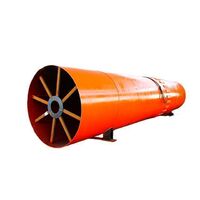Complete Cement Production Line Small Cement Plant Manufacturer For Sale Cement Production Plant
- $50000.00 /set
- 1 set
- Zhejiang Tongli Heavy Machinery Manufacturing Co., Ltd.
- Zhejiang, China
- Mr Tongli Zhu
PRODUCT DETAIL
| Supply capacity: | 100 sets per year | port: | Shanghai/Ningbo Port |
| Applicable industries: | Energy and Mining | Marketing Type: | New Products 2020 |
| application: | cement clinker | Dimensions (L*W*H): | According to different types |
| Core component warranty: | 1 year | brand: | KONE |
| strength: | Different kinds | Showroom location: | not any |
| Package preview: | Video shipment inspection: | if | |
| Main selling points: | long lasting | Origin: | Zhejiang, China |
| Warranty: | 1 year | weight: | More than 20000 kinds |
| Health status: | new | Packaging Details: | 1. Standard container 2. Bare package 3. Wooden case |
| Mechanical test report: | if | payment terms: | L/C, D/P, T/T, PayPal |
| Core components: | PLC, engine, bearing, gearbox, motor, pressure vessel, gear, pump | Key words: | cement plant project |
| Voltage: | According to local voltage | product name: | cement production line |
Product Description

Cement production line (cement plant) is a cement equipment production line composed of a series of equipment. The production line is mainly composed of crushing pre-homogenization, raw material homogenization, preheating decomposition, cement clinker firing, cement grinding and packaging and other processes. The main equipment used in the whole production line includes vibrating feeder, jaw crusher, impact crusher, raw material vertical mill, cement ball mill, preheating system, cement rotary kiln, packaging machine, etc. All the cement equipment of this production line are provided by our factory.
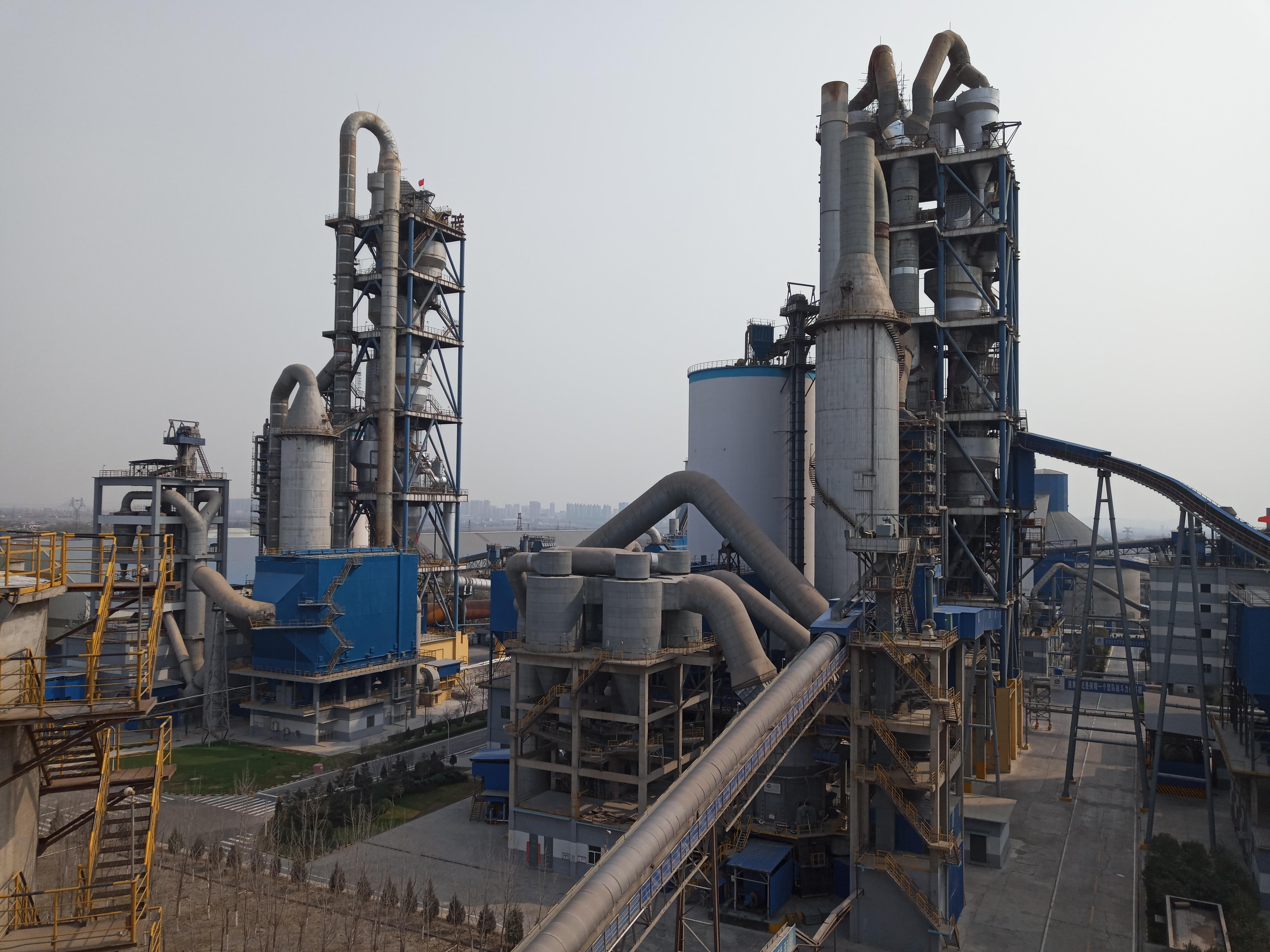


1. Crushing and pre-homogenization
(1) Crushing: In the process of cement production, most raw materials need to be broken, such as limestone, clay, iron ore, coal, etc. Limestone is a large amount of raw material for cement production. After mining, the particle size is large and the hardness is high. Therefore, limestone is a raw material for cement production. After mining, the particle size is large and the hardness is high. The crushing process is more economical and convenient than the grinding process. Break large materials into small and uniform particle sizes as much as possible to reduce the load on the grinding equipment and increase the output of the grinder. After the material is crushed, it can reduce the separation of materials with different particle sizes during transportation and storage, prepare raw meal with uniform composition, and improve the accuracy of batching. (2) Raw material pre-homogenization: Raw material pre-homogenization means that when stacking materials, the incoming materials are continuously stacked by the stacker into as many material layers as possible that are parallel to each other, overlap up and down, and have the same thickness. Cut all the material layers at the same time in the direction of the material layer, and cut them in sequence until they are all removed, that is, "straight cutting". Make the raw material yard have the functions of storage and homogenization at the same time.

2. Raw food preparation
(1) Raw material batching: There are four batching bins (or other special auxiliary bins) for raw material batching: limestone, sandstone, iron ore, and fly ash. A weighing feeder is installed at the bottom of the silo to feed various materials quantitatively according to the ratio required by the production process. It is sent to the vertical grinding system by the belt conveyor for grinding. (2) Raw material grinding: The material falls to the center of the grinding disc through the air lock feeding device through the discharge trough, and is thrown to the edge of the grinding disc under the action of centrifugal force, and is tumbled to grind the grinding roller under the action of centrifugal force. The crushed material overflows from the edge of the grinding disc, and is blown upward by the hot airflow from the nozzle at high speed. Depending on the air velocity, part of the material is brought into the high-efficiency powder separator by the airflow, and the separated coarse powder returns to the mill for regrinding; the qualified fine powder flows out of the mill with the air, mixes with the dust collected by the humidifying tower and the electrostatic precipitator, and passes through The chute and bucket elevator are sent to the raw material homogenization bin for homogeneous storage
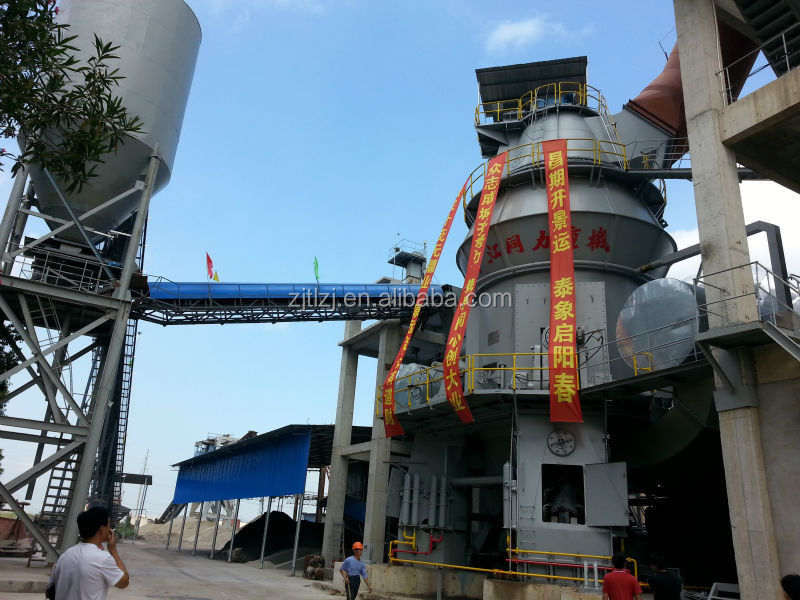
3. Homogenization of raw materials
When the raw meal powder is unloaded downward, it is agitated by the air and the action of gravity produces a "funnel effect". Try cutting the surface of multiple layers of material and mix well. Different fluidized air is used to produce different sizes of fluidized expansion on the parallel material surface in the warehouse. Some areas are unloaded, and some areas are fluidized, so that the surface of the material in the bin is inclined to perform radial mixing and homogenization. In the process of cement production, stabilizing the composition of raw materials entering the pit is the prerequisite for stabilizing the thermal system of clinker firing, and the raw meal homogenization system plays a role in stabilizing the composition of raw materials entering the pit.
4. Preheating and pre-decomposition
The preheating and partial decomposition of raw materials are completed by the preheater, which replaces part of the functions of the rotary kiln, shortens the time of returning to the kiln, and makes the heat exchange process of the gas material in the accumulation state in the kiln and enters the suspension state in the preheater. The raw material is fully mixed with the hot gas discharged from the kiln, the contact area of the gas material is increased, the heat transfer speed is fast, and the heat exchange efficiency is high, so as to achieve the purpose of increasing the output, realize the efficiency of the kiln system and reduce the heat consumption of clinker combustion. (1) Preheater: The main function is to make full use of the waste heat of the exhaust gas discharged from the rotary kiln and the calciner to heat the raw meal, so that the raw meal is preheated and part of the carbonate is decomposed. In order to greatly improve the heat exchange efficiency between gas and solid, and realize the high quality, high output, and low consumption of the entire calcination system, it is necessary to have three functions: uniform gas-solid dispersion, rapid heat exchange, and efficient separation. (2) Pre-decomposition: pre-decomposition technology The emergence of cement calcining technology is a technological leap. It is to add a calciner between the preheater and the rotary kiln, use the ascending flue at the end of the kiln, and install an oil injection device, so that the heat release process of fuel combustion and the heat absorption process of raw meal carbonate decomposition can be carried out in the calciner by suspension or The fluidized state is carried out rapidly, so that the decomposition rate of the raw material entering the kiln reaches more than 90%. The carbonate decomposition task in the original rotary kiln is moved to the decomposition furnace; most of the fuel is added from the calciner, and a small amount is added from the kiln head, which reduces the heat load of the calciner zone in the kiln, prolongs the service life of the furnace lining, and is beneficial to scale Chemical production; Because the fuel and raw meal are mixed evenly, the combustion heat of the fuel is transferred to the material in time, so that the combustion, heat exchange and carbonate decomposition process are optimized. Therefore, it has a series of excellent performance and characteristics such as high quality, high efficiency and low consumption.
5. Firing of cement clinker
After the raw meal is preheated and decomposed in the cyclone preheater, it enters the rotary kiln for clinker firing. In the rotary kiln, the carbonate is further decomposed rapidly, and a series of solid phase reactions occur to generate AC3, afc4, SC2 and other minerals in the cement clinker. As the temperature of the material near c01300 increases, minerals such as AC3, afc4, and SC2 become liquid phase, and SC2 dissolved in the liquid phase reacts with CaO to form a large amount of SC3 (clinker). After the clinker is cooked, the temperature begins to drop. Afterwards, the high-temperature clinker discharged from the rotary kiln is cooled by the cement clinker cooler to the set temperature of the storage bin and put into storage. At the same time, the sensible heat of high-temperature clinker is recovered, and the thermal efficiency of the system and the quality of clinker are improved.
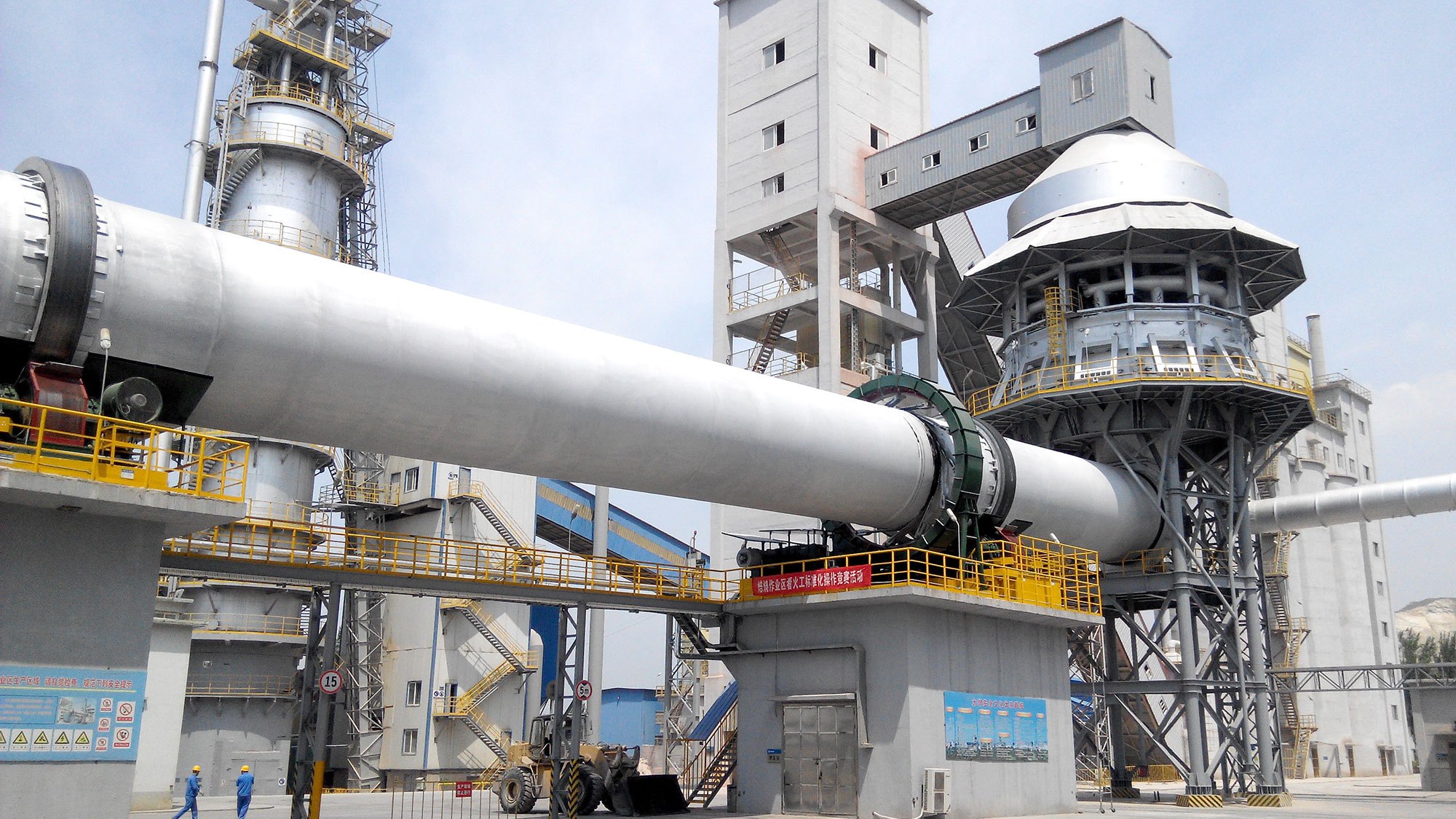
6. Cement batching station
The cement batching station is equipped with clinker warehouse, gypsum warehouse and auxiliary material warehouse. A weighing feeder is installed at the bottom of each warehouse to quantitatively feed various materials according to the set ratio. The side of the clinker batching warehouse is also equipped with clinker bulk facilities for external use of clinker. After the material is discharged in proportion by the feeding and metering equipment, it is sent to the ball mill by the belt conveyor for grinding.
7. Cement grinding
Cement grinding is not only the post process of cement manufacturing, but also a process that consumes a lot of energy. It is mainly used to grind cement clinker (and gelling agent, performance adjustment materials, etc.) to a suitable particle size (indicated by fineness, specific surface area, etc.), and the ground materials are sent to the high-efficiency powder concentrator and lifted by bucket Machine sorting, coarse powder continues to be ground after regrinding, and the finished cement is collected by the air box pulse bag filter and sent to the finished cement warehouse for storage by the wind chute conveying bucket elevator.
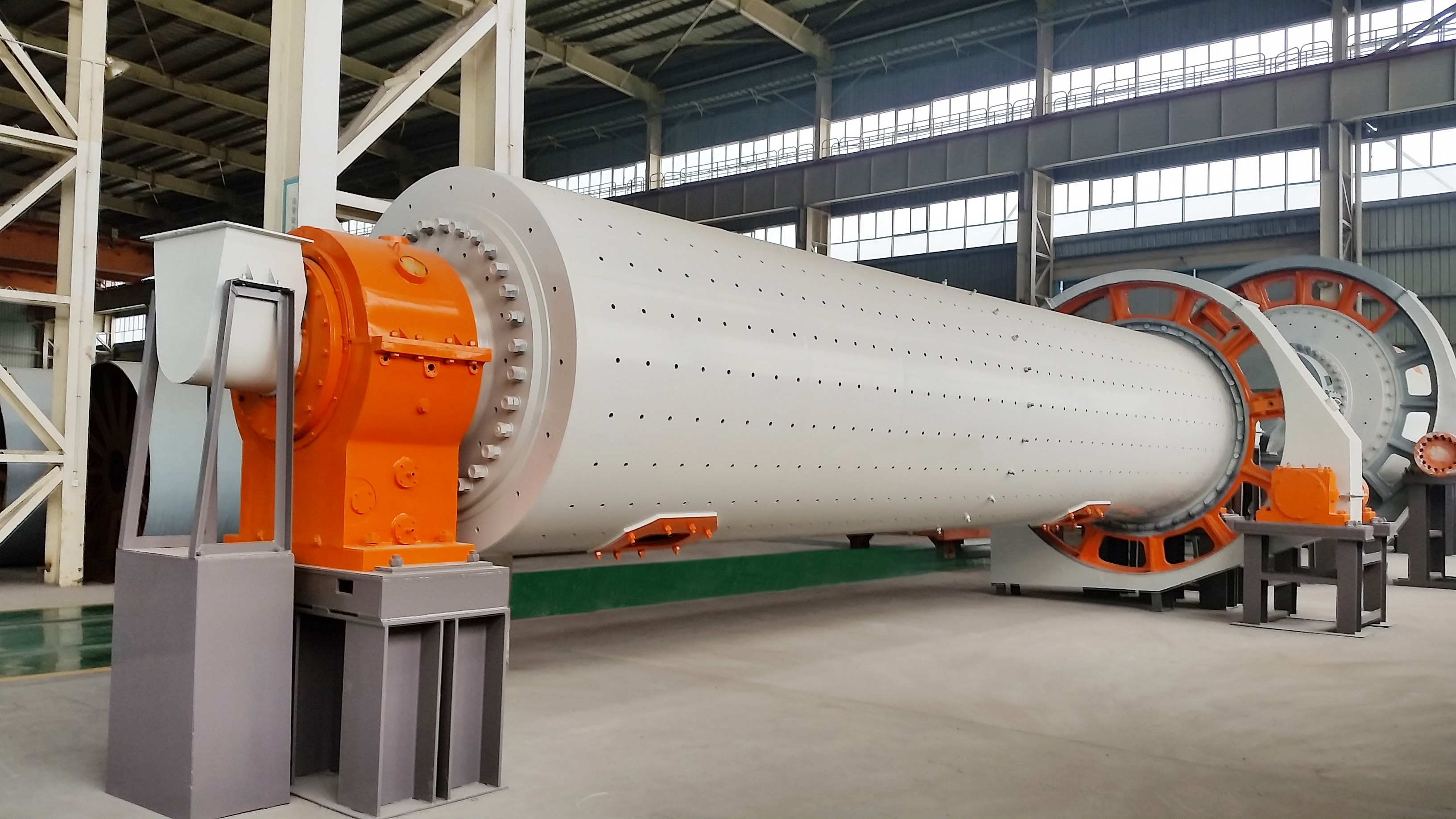
8. Cement packaging
After the outbound cement is unloaded by the unloading device at the bottom of the silo, it is sent to the cement packaging workshop and cement bulk warehouse by belt conveyor, bucket elevator, and wind conveying chute. The cement is packaged by an eight-mouth rotary packaging machine. The packaged bagged cement is sent to the finished bagged cement warehouse for storage through the unloading conveying system, and can also be directly loaded and shipped. The cement bulk warehouse is equipped with cement truck bulk cargo facilities for auto bulk cargo.
Note: The material conditions provided by the end user shall prevail.
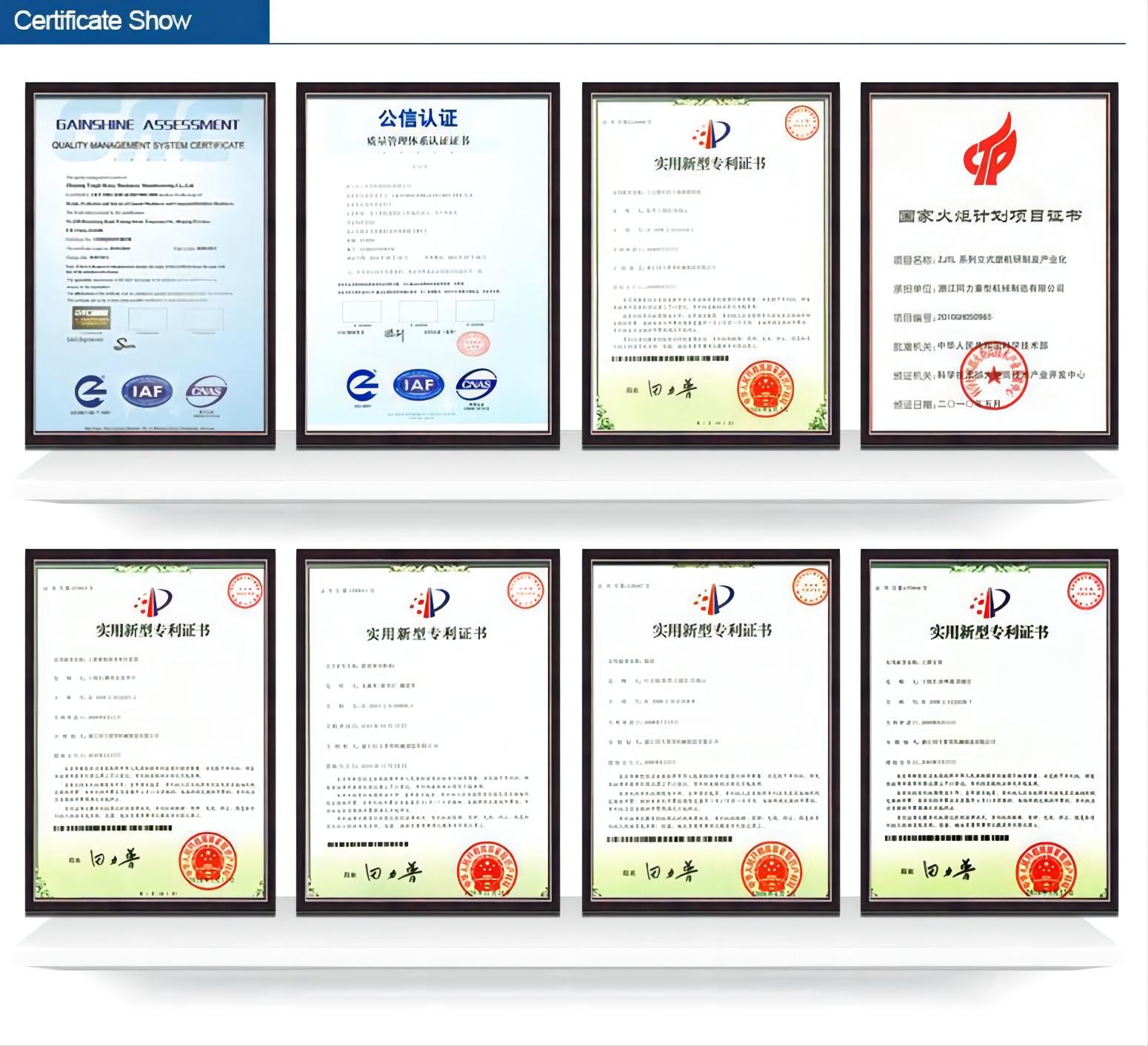
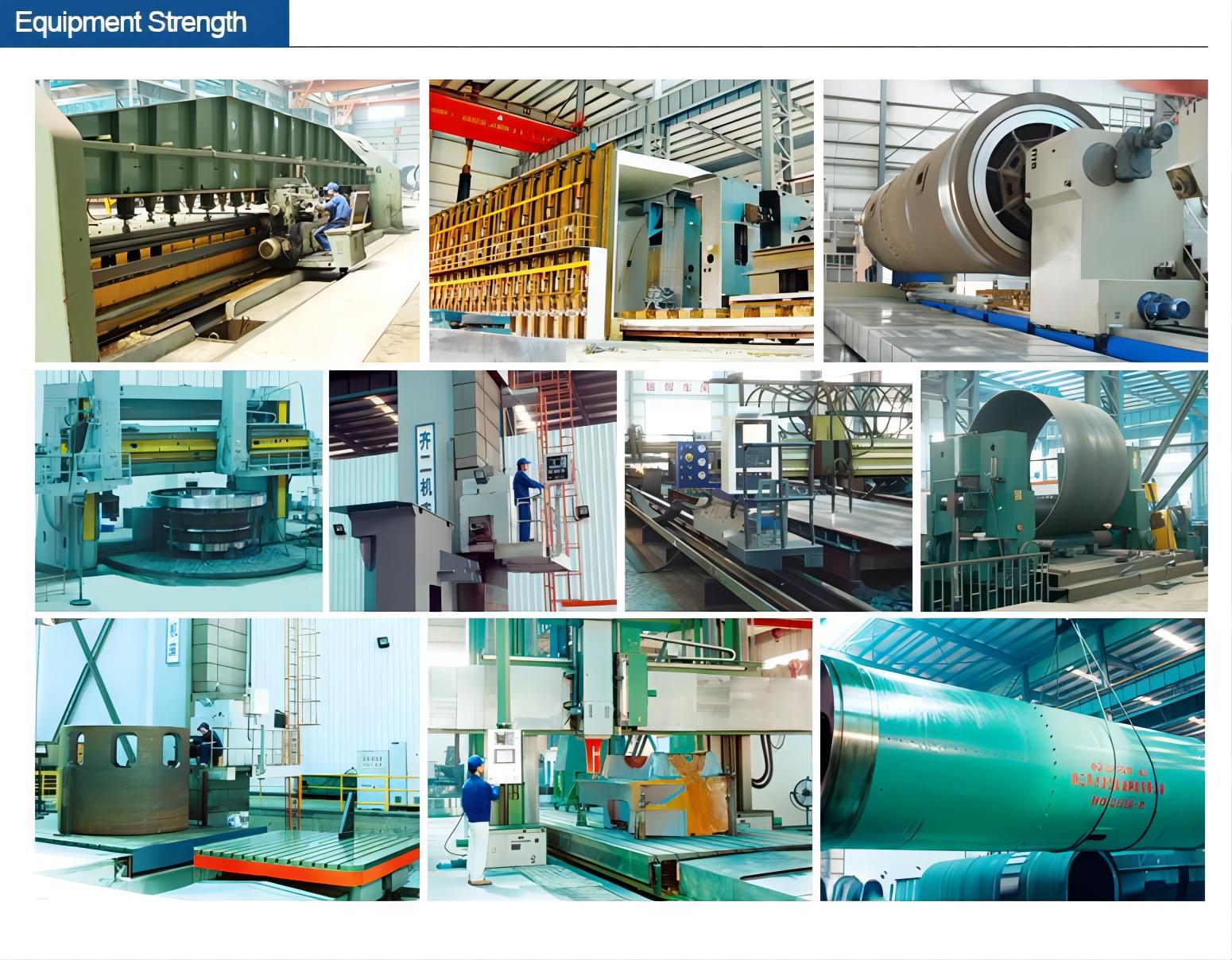

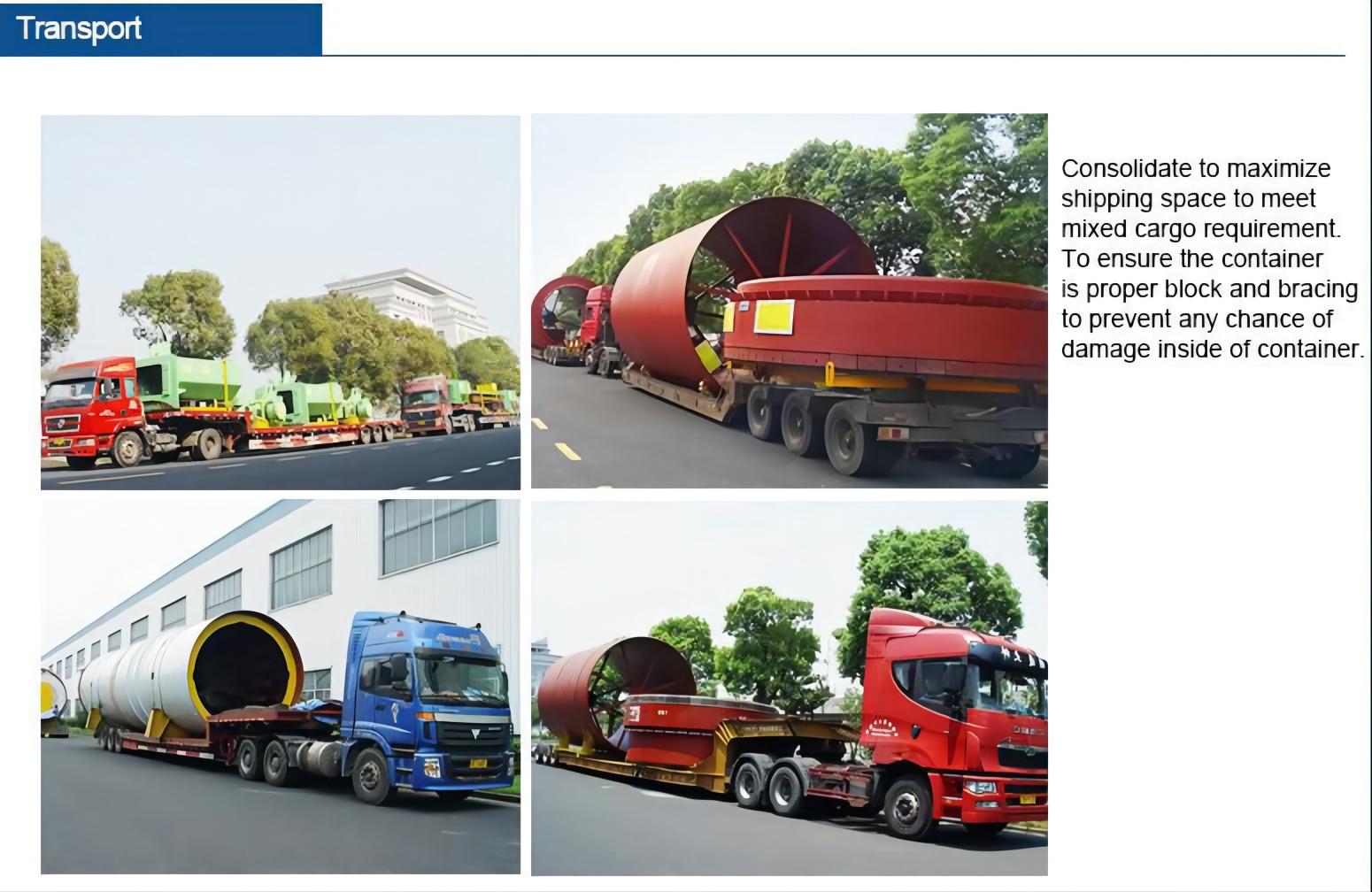
Specification
thing | value |
Applicable industry | Energy and Mining |
Showroom location | not any |
Video shipment inspection | if |
Mechanical inspection report | if |
marketing type | New Products 2020 |
Core component warranty | 1 year |
core components | PLC, engine, bearing, gearbox, motor, pressure vessel, gear, pump |
Health status | new |
birthplace | China |
zhejiang | |
brand | KONE |
Voltage | According to local voltage |
strength | Different kinds |
Dimensions (L*W*H) | According to different types |
weight | 20000 various |
Warranty | 1 year |
main selling point | long lasting |
product name | cement production line |
Key words | cement plant project |
application | cement clinker |
VIEW MORE
YOU MAY LIKE




